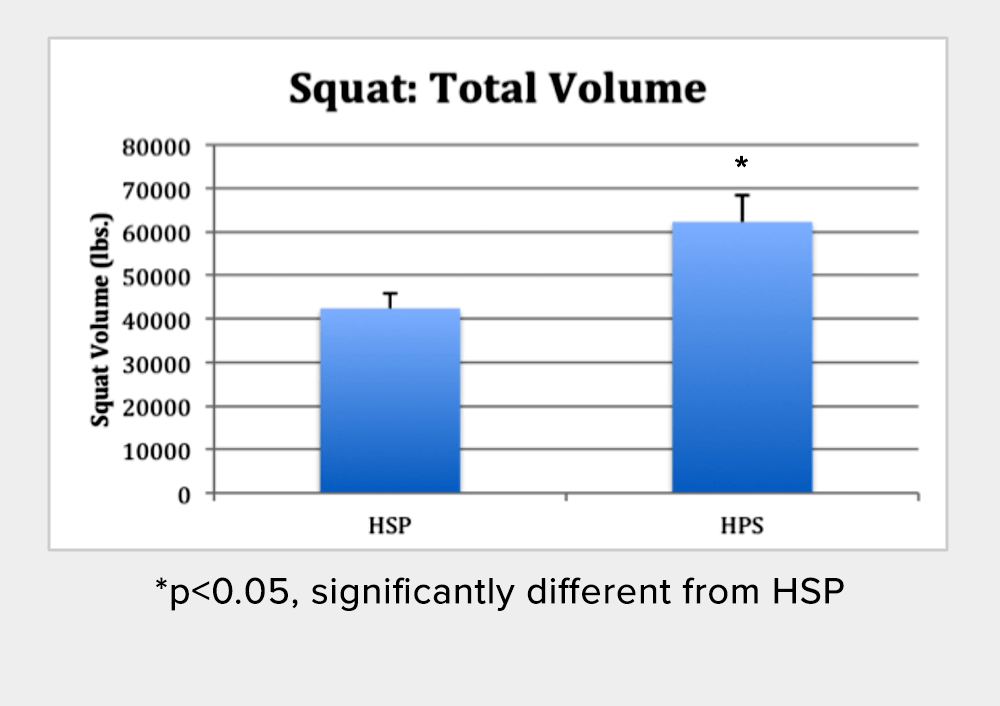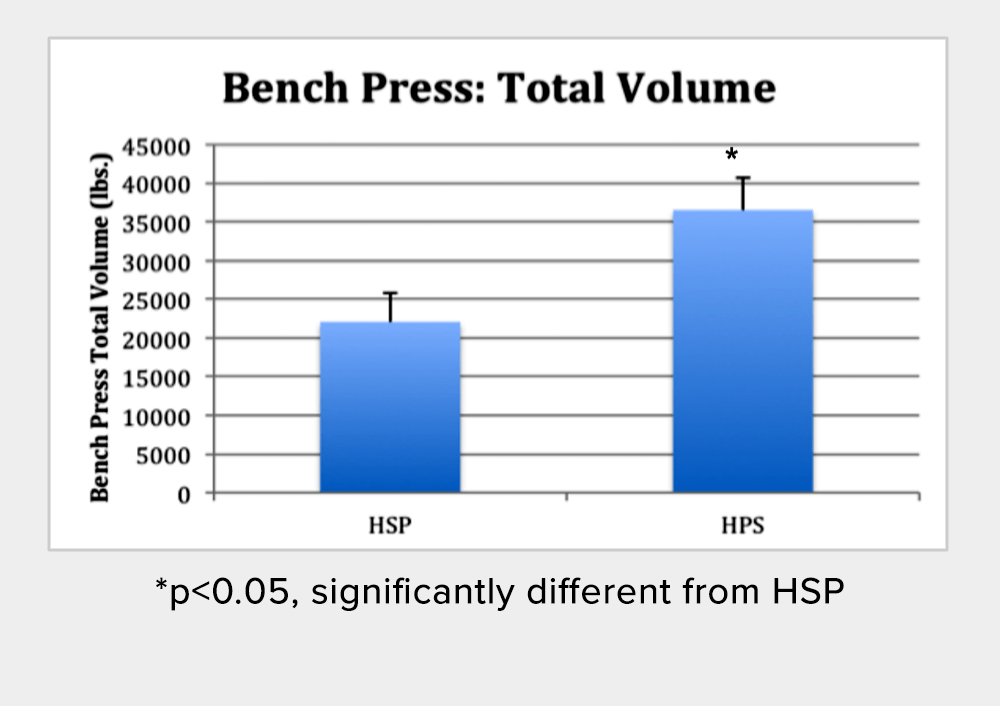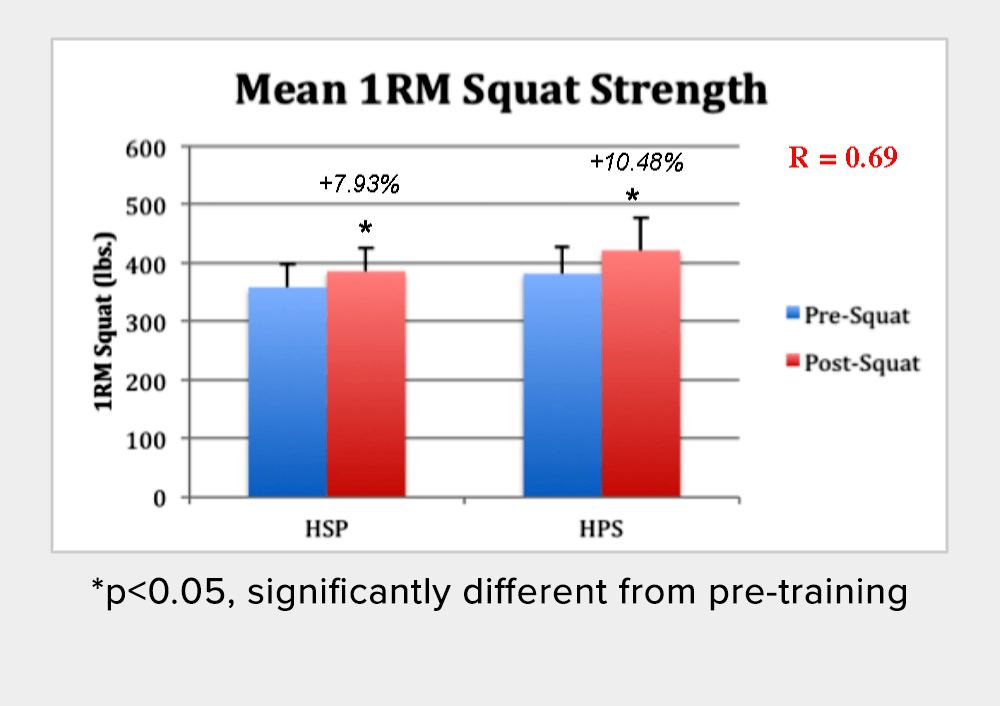In every gym all across America, meatheads (I use that term with love) can be found hovering over their training partner talking about the last rep and its magical powers to unlock gains. Some can even be heard saying, “The last rep is the only rep that matters”, even referencing ‘no pain no gain’ and ‘blood-sweat-and tears’ as their mantra. We’ve all seen “Pumping Iron” and watched Arnold and Lou struggle for the last rep, grinding and fighting to complete it. And of course we know the kind of physiques they displayed, so there must be something to the method. So, is pushing yourself to muscular failure really how you gain maximum strength? Or is there a better way? How do we decide the number of reps and sets to complete for each exercise? Do reps and sets even matter in the long run? Or can we just assume that as long as I’m working hard and going to the max every time I step in the gym, I will achieve the results I’m looking for?
There are many misconceptions in the local gyms and internet forums and I think consistently training to muscular failure is one of them. Working hard is unquestionably a requirement. We should always be training as hard as possible, but that doesn’t mean we can’t train intelligently as well. If we train hard and train smart…watch out! That is where our progress will really become noticeable. Let’s dive into some research and discover what we can do scientifically to gain the most muscle mass and strength possible in the most efficient way possible.
First, let’s discuss going to muscle failure and what that does to our potential training outcome. We will use Monday, “National Chest Day,” as our example. How many times have you gone to the gym on Monday with the idea of crushing chest? You take your pre-workout concoction, get jacked up, and go do a million sets of various chest exercises. The following day, you can barely move your arms because your chest was destroyed the day before. Sounds like a great workout, right? A ton of damage was done to the muscles and we all obviously know that maximum muscular damage leads to maximum muscular growth. WRONG!
For the average gym goer, a training week might look something like this:
- Monday: Chest, Triceps
- Tuesday: Back, Biceps
- Wednesday: Skip Legs – CNS overload from Monday and Tuesday
- Thursday: Shoulders (maybe)
- Friday: Biceps, Triceps
In our example, we completed one day of training for chest/bench pressing exercises. This is an inefficient way to gain strength and size. If I were to say that you need to increase your bench press 100 lbs. by next year or you will die (I know its extreme but play along), how many times would you bench press per week? Once? Twice? Three times? I think we would all agree that once per week is not the answer. The appropriate answer will vary from person to person based on experience.
Gaining strength has a lot to do with appropriately increasing your training volume over time. Volume is the total product of: sets*reps*load (load = weight lifted). Let’s go back to our Monday example and investigate the day a little closer. Assume our workout looked like this:
| Exercise | Sets*Reps*Load | Total Volume |
|---|---|---|
| Flat Bench Press | 3*10*200 lbs. | 6000 lbs. |
| Dumbbell Incline Bench | 3*10*60 lbs.+ | 3600 lbs. |
| Cable Chest Fly’s | 3*12*30 lbs.+ | 2160 lbs. |
| ∑ 11,760 lbs. |
Our sample workout created a total of 11,760lbs of volume for chest. That volume is also the total weekly volume because we only trained chest once throughout the week.
Let’s briefly look at a second example where we bench press Monday, Wednesday, and Friday. In this example, the only chest exercise will be bench press but we will perform it three times per week rather than only once like in the first example.
| Day | Exercise | Sets*Reps*Load | Total Volume |
|---|---|---|---|
| Monday | Bench Press | 3*10*175 lbs. | 5250 lbs. |
| Wednesday | Bench Press | 3*8*185 lbs. | 4440 lbs. |
| Friday | Bench Press | 3*6*195 lbs. | 3510 lbs. |
| ∑ 11,760 lbs. |
In our two examples, the first of which was a typical gym goer who completes one day of chest per week, had a total weekly volume of 11,760 lbs. Compare that to our second example who completed three separate days of bench press and had a total weekly volume of 13,020 lbs. This is a total increase of 1,260 lbs. of weekly volume! I would also like to point out that theoretical subject #2 used lighter weight for 6 reps than subject 1 used for 10 reps (200lbs vs 195lbs.), meaning that the difference would be even larger after subject #2 has time to adapt to the training protocol.
Training with increased frequency and variability is superior for many reasons. Let’s look at some of the research that supports this idea.
In a study conducted by Zourdos et al., comparing two models of daily undulating periodization, we can see the influence that total volume had on muscular strength and size. The subjects consisted of 18 college-aged powerlifters who were assigned one of two groups: hypertrophy, strength, power (HSP) or hypertrophy, power, strength (HPS). Each group performed 3 days of weight training per week, but each group performed the workouts in a different order.
The HPS group had a significant increase in total volume for both the Squat and the Bench Press compared to the HSP group (See Figure A and Figure B). This increase in volume led to a “significant increase in bench press following 6 weeks of training and a 2.55% greater increase in 1RM squat strength” (see Figure C and Figure D).
We can conclude from these results that increasing weekly volume does indeed increase the strength of trained individuals. This is extremely important because it changes the way we design our weekly training protocols to perform lifts with more frequency which can lead to increased volume and therefore increased strength capacity, and potentially muscle growth. It is also important to note that our big lifts in the gym such as bench press, squat, deadlift, overhead presses, etc. are very technical lifts which require great skill to become elite. Increasing frequency allows for increased practice of our skill which will allow for enhanced technique.
Francis Bacon once said, “Knowledge is power.” For our purposes, let’s say that knowledge is strength. Continue increasing your knowledge to increase your strength. Increasing frequency is one way to increase volume. Keep reading weekly to learn how to increase frequency and volume appropriately to avoid injury and continue making progress because nobody sets PRs when they’re injured.
References
- Zourdos, Michael Christopher. “Physiological responses to two different models of daily undulating periodization in trained powerlifters.” (2012).





